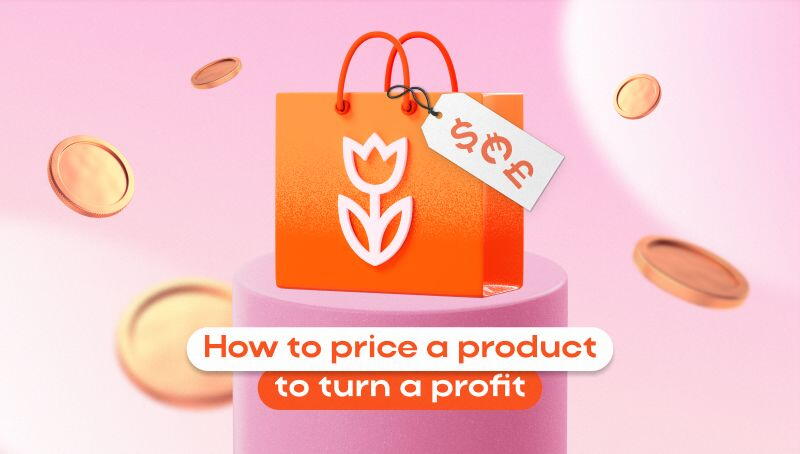
In many cases, a perfectly balanced price is a necessary step towards building a fully-grown and profitable business model. However, to decide on such a price, it’s essential to consider both the returns on your offer and the customers’ needs. Many factors are involved when creating the final product price; the place and promotional strategies are crucial to account for in this process. Hop on - we'll explain how to calculate the cost price of a product for steady and easily maintained growth.
When choosing how to price your product, pause for a moment to evaluate what is involved in preparing and delivering it. This should fully cover production, packaging, distribution and delivery charges, if necessary.
Your intended profit margin is a valuable tool for choosing a successful strategy. With a specific target in mind, it’s much easier to find the most effective solution and maintain financial sustainability.
Evaluation of people’s capabilities and readiness to purchase a given item is a fundamental step. Start by researching your audience’s purchasing power, preferences, and whether they believe your offers can be beneficial for them. You might see some incredible improvements by tailoring your pricing to meet their expectations.
The final step calls for an analysis of your competitors' methods. With every company establishing their own prices, underpricing or overpricing your stock can lead to a financial disaster. So, find out what sets your offers apart; specifically, look for distinguishing features to help you answer the following question: should your offer be cheaper or more expensive than the alternatives available?
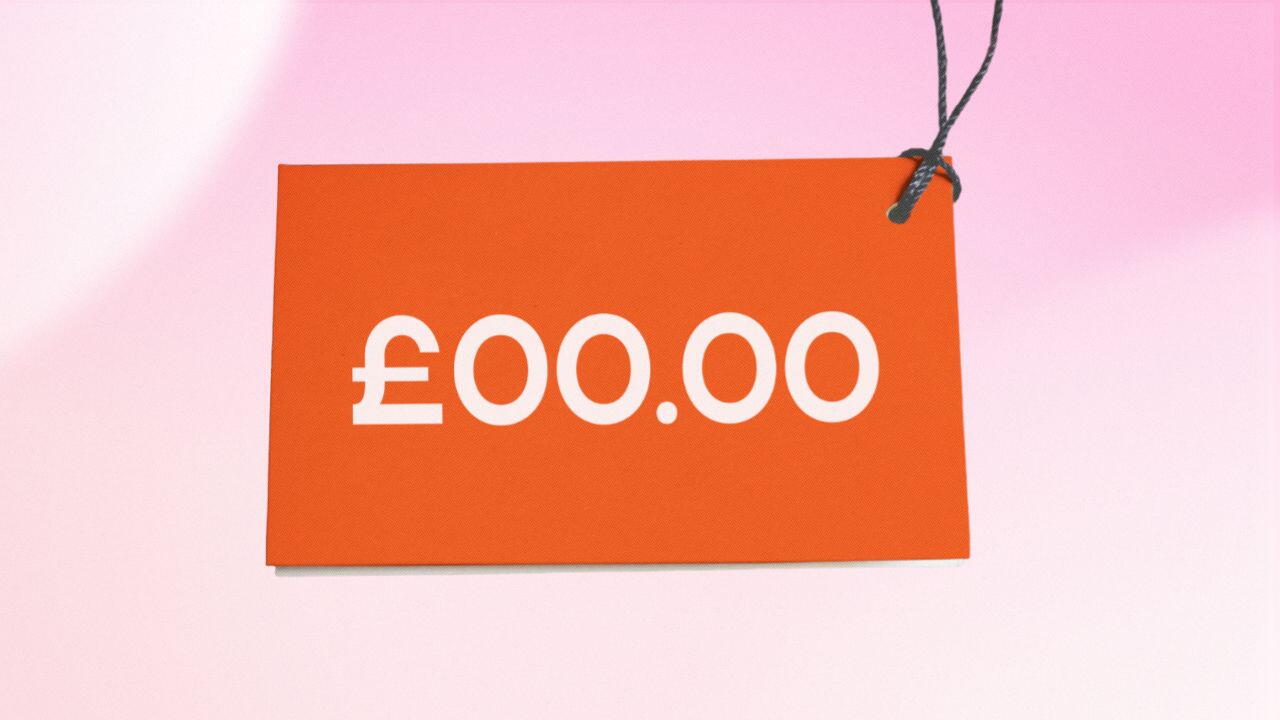
Strictly speaking, it’s the amount paid to obtain one item. Typically, this comes down to production expenses, market dynamics, other offers, and desired yield.
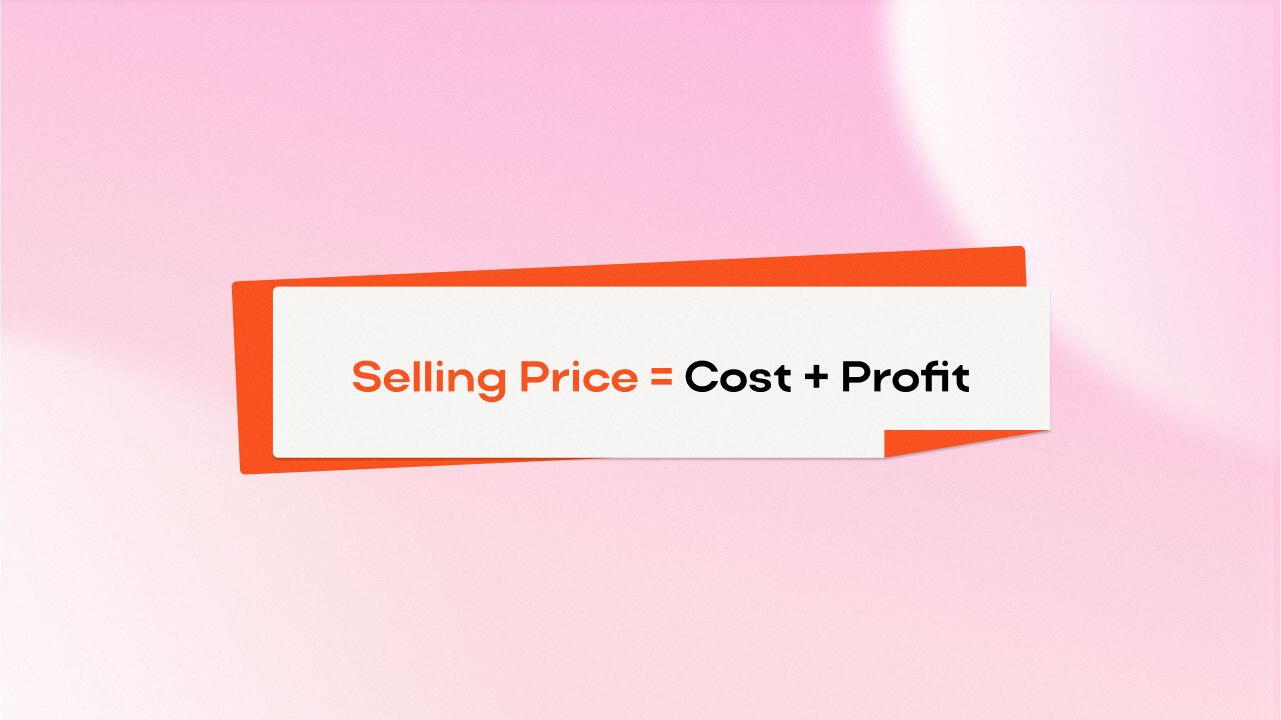
This method allows for consideration of production expenses and expected profits while counterbalancing possible costs and ensuring profitability.
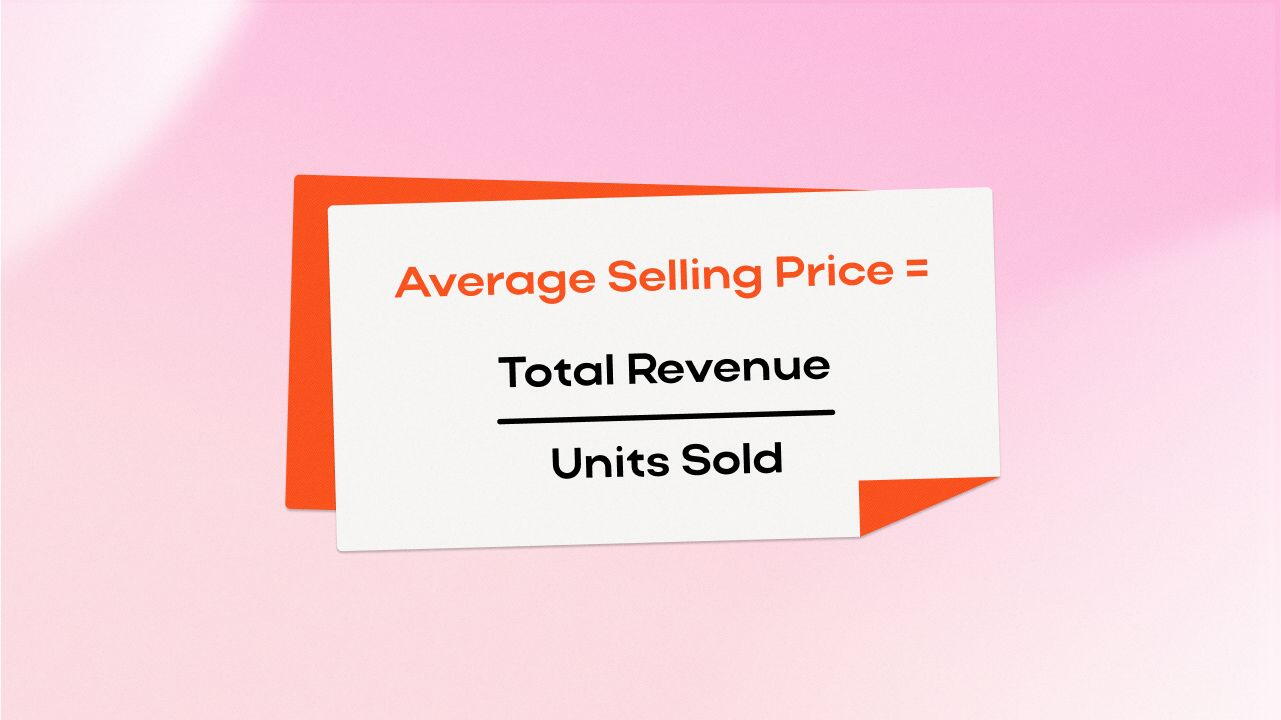
Highly useful for getting an idea about the effectiveness of your current model, this metric provides insight into average gain per item.
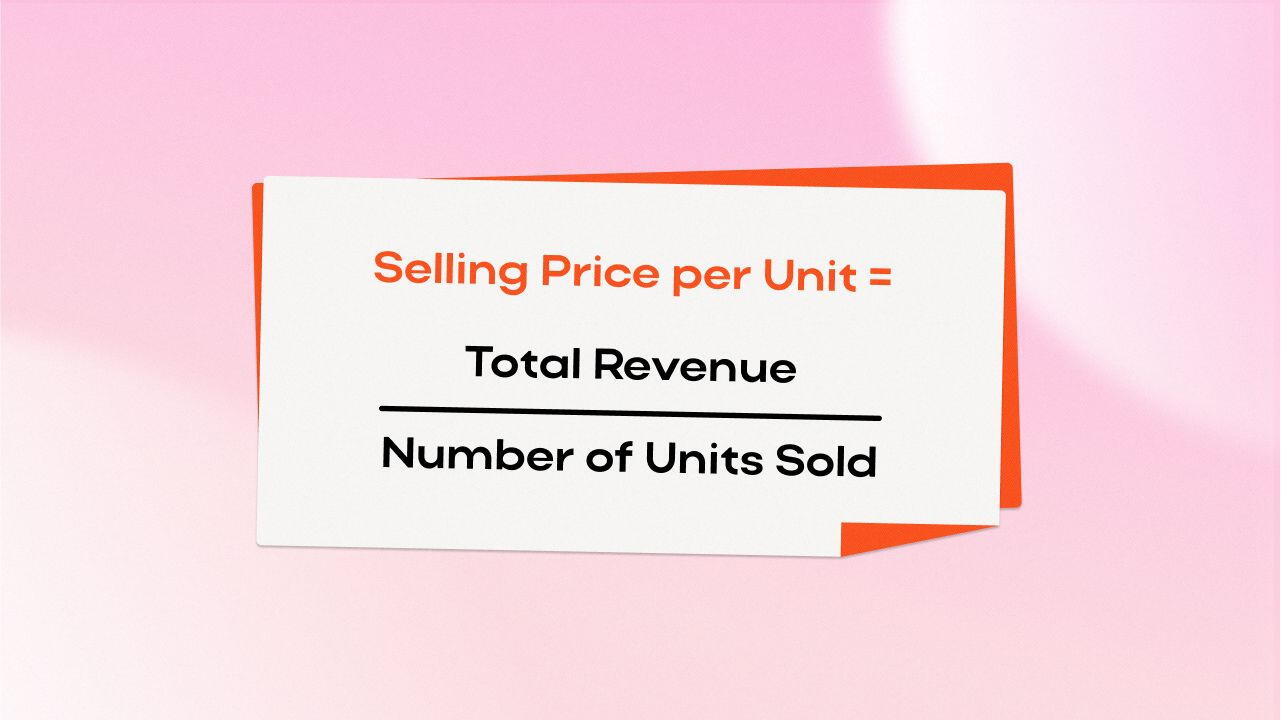
As a valuable tool for assessing individual pricing impact for each unit, this formula is beneficial for fine-tuning your offer.
While there is no universal solution for all needs, there are some highly popular and effective approaches to try out.
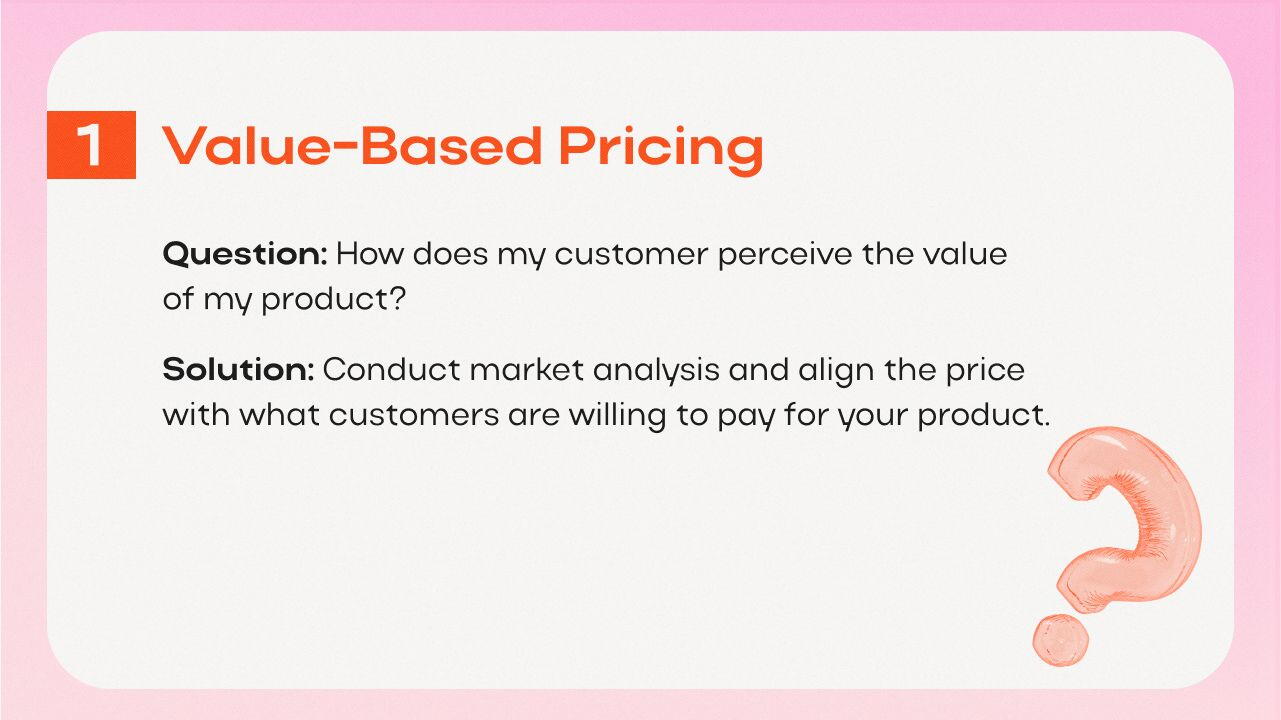
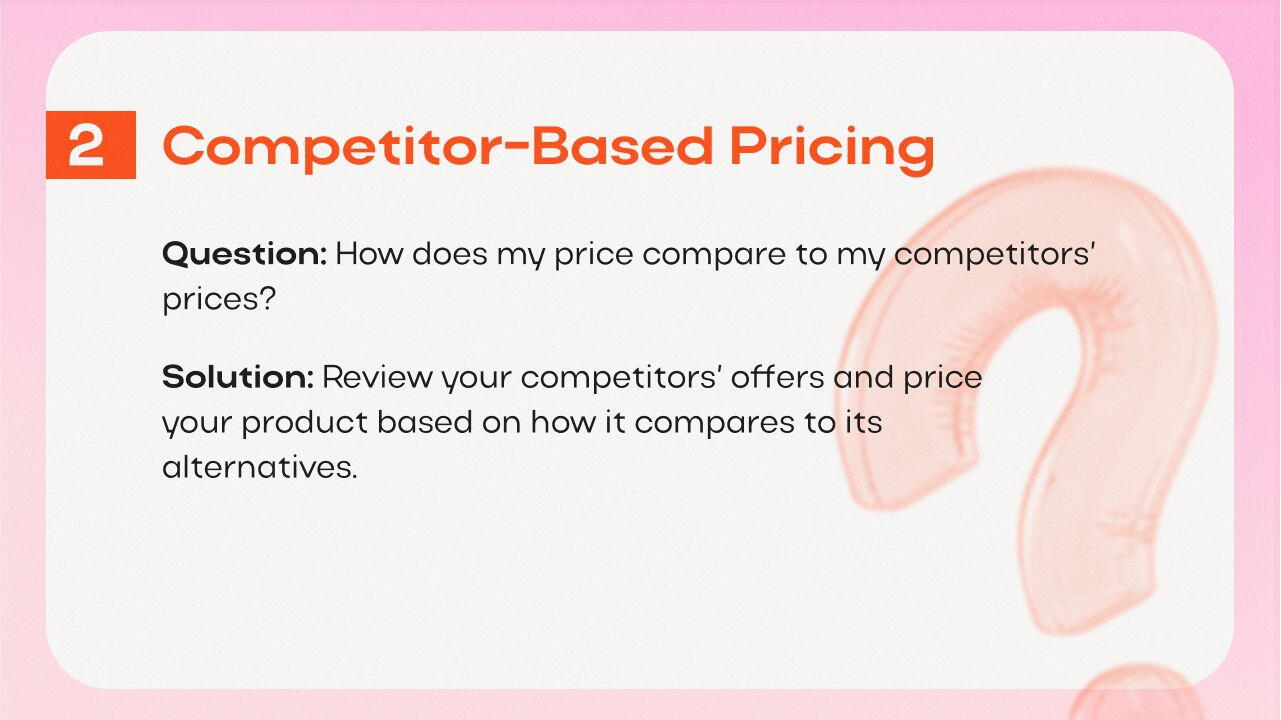
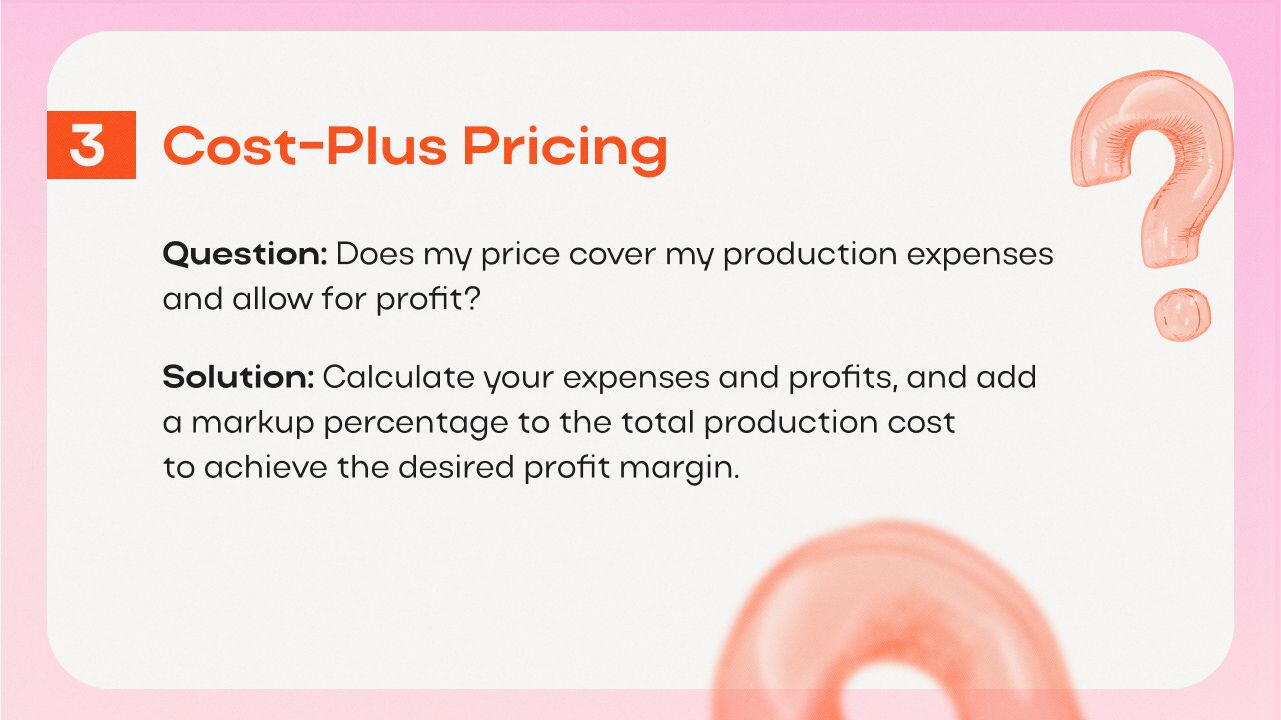
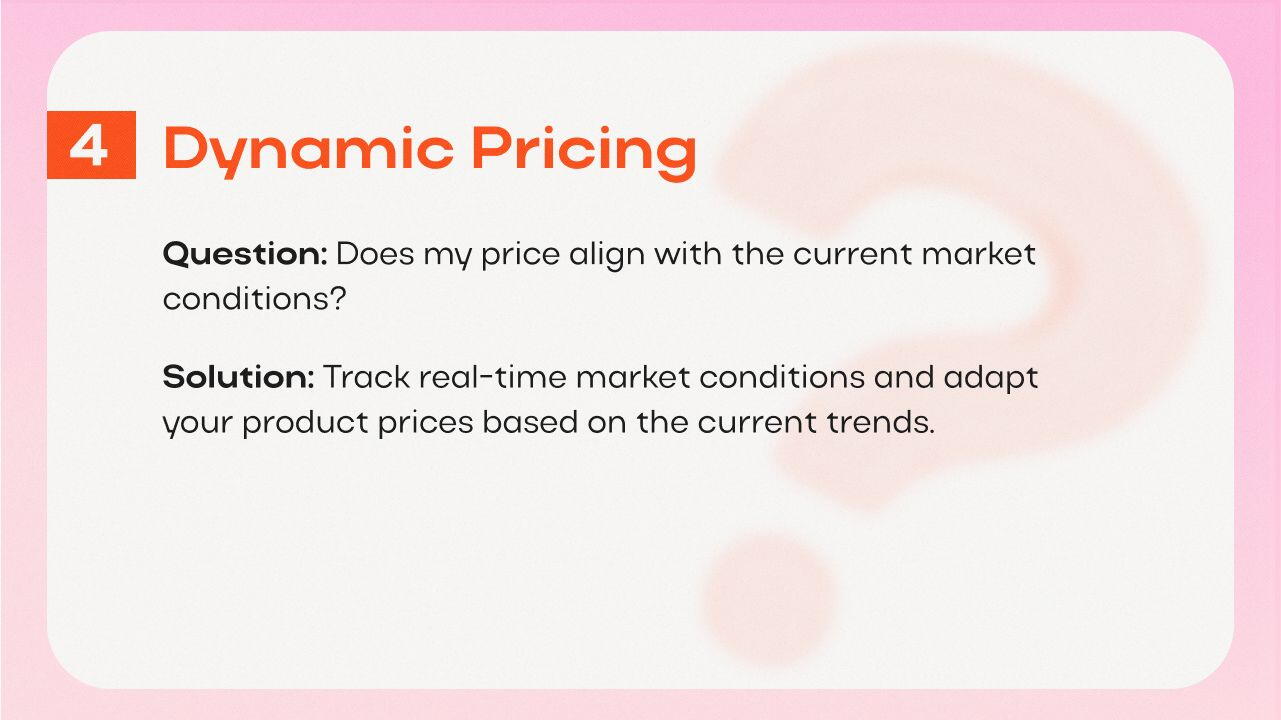
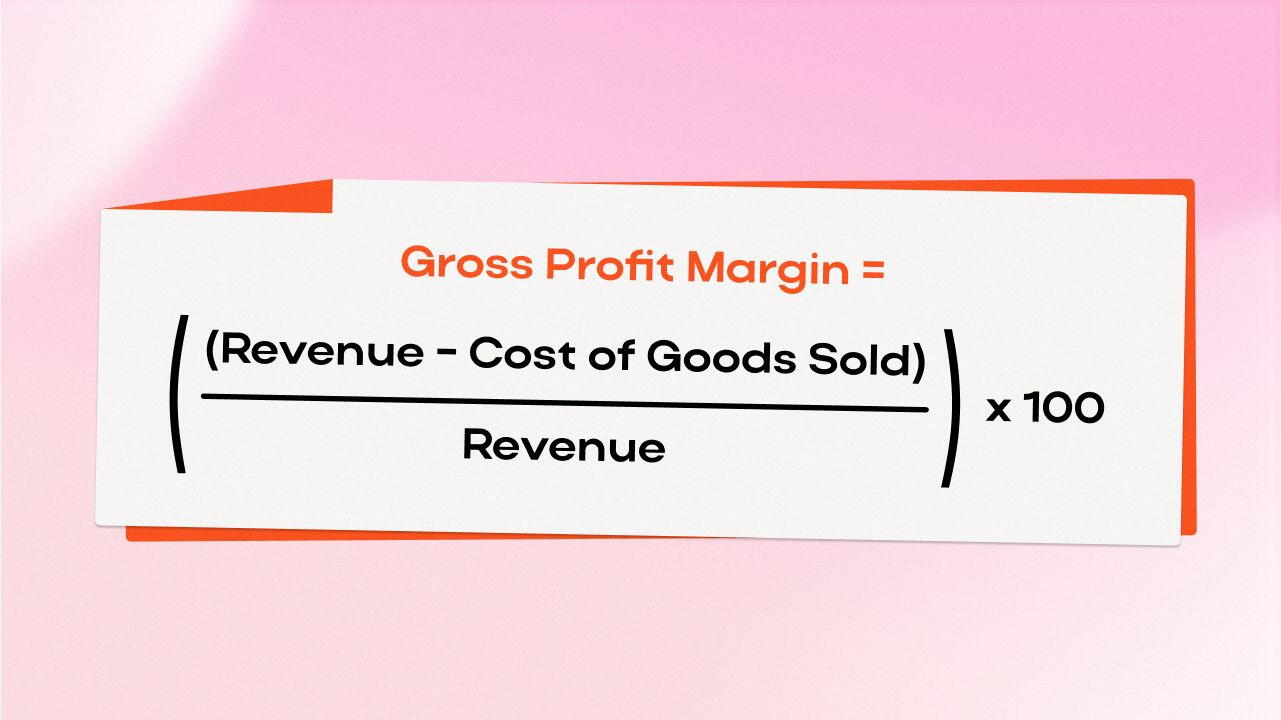

While aiming for success, remember this simple truth: it’s not just about the right formula. Multiple factors have a huge role to play in your venture’s development. Consider these ideas when managing your business:
Always stay on the lookout for the solutions implemented often by the top-notch strategists in your industry. You can do this by conducting product price tracking and comparing price history. This might aid in promoting your venture and effectively integrating the best possible tools.
Even if you know how to price a new product, there’s no escape from analysing the current state of the market and learning about your target population's preferences. Comprehensive market research is crucial for aligning your offers with the public’s expectations.
Don't be afraid to adapt and change! Test different methods and apply new ideas to evaluate how your customers respond to various strategies. Such offers as limited-time promotions or discounts can help you integrate your ideas seamlessly while simultaneously gathering real-world data.
Short-term benefits are certainly tempting; however, it’s more efficient to prioritise long-term gains if you are aiming for sustained growth. Focus on maintaining strong competitiveness, and high returns will become available in the long run.

Price match is a valuable practice not just for consumers. Take a look at the services you can use as a business owner:
These websites aggregate prices from various retailers, providing a comprehensive product price list. Understanding how your offers compare on these platforms and viewing product price history can help you stay competitive.
Many consumers check multiple retailers before making a decision, so why not do the same? By regularly keeping track of relevant trends and adapting to your competitors' moves, you can significantly strengthen your sales.
These sources is an amazing tool for making your discounts and promotions visible to various consumer categories. Your presence on these platforms will help attract cost-sensitive consumers, and their prices will serve as a great comparison point.
Most of us remember the old saying from our economics class: sufficient demand produces supply offers. However, can demand be influenced by price? Indeed, it can.
In general, it’s essential to establish a balance between these two concepts. Excessive prices may reduce the need for your offer, while underpricing can result in a significant drop in the overall interest towards it. To avoid the imbalance, track demand fluctuations by utilising dynamic frameworks.
Visual presentation is often everything – even in pricing. Product photography may indirectly affect achieved profits, and this is how.
While superb photography may encourage your target audience to like your offer, poorly made images can do the opposite. Therefore, professionally designed visuals are the cornerstone of a thriving retail business; these factors create a positive first impression and enhance perceived quality.
